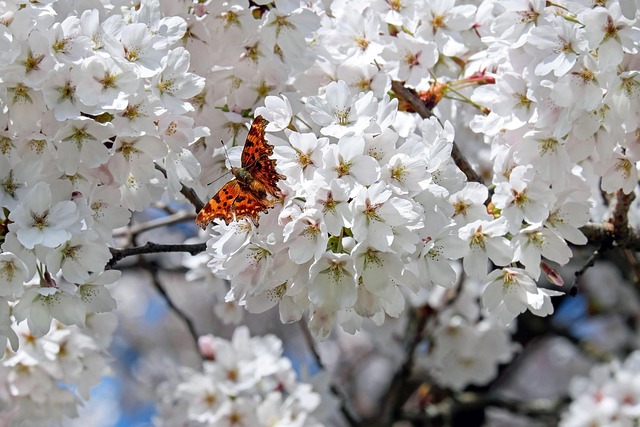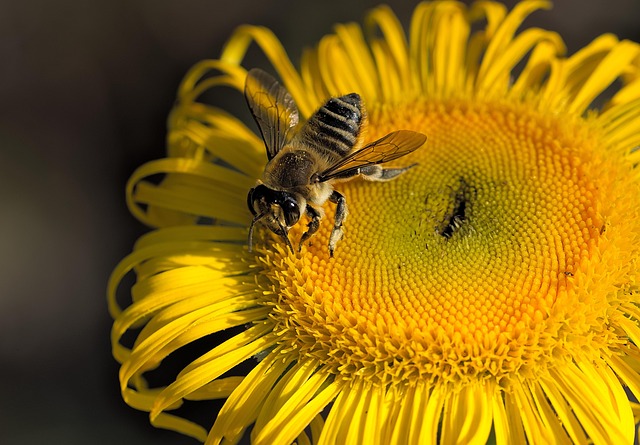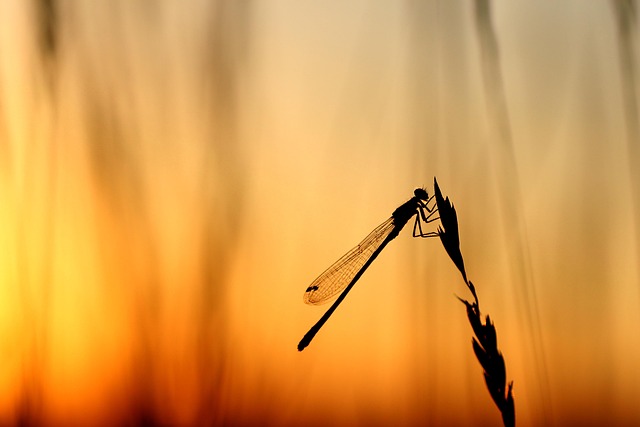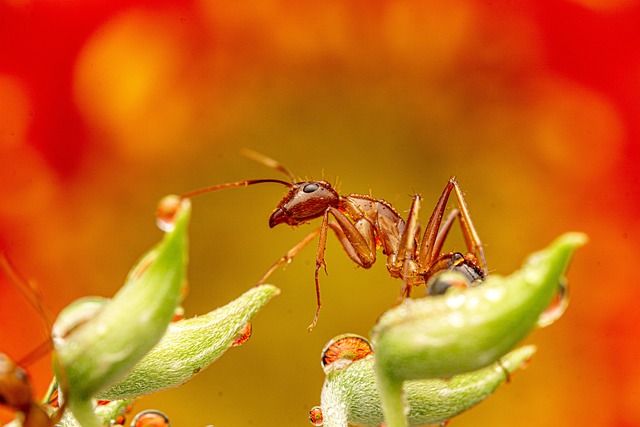Expert Tips: Mole Prevention, Inspection Services, and Long-Term Control

To prevent moles, conduct regular inspections, maintain a well-kept lawn, and ensure proper soil dra…….
Introduction
Moles are often misunderstood creatures, typically associated with the underground tunnels they create rather than their role in ecosystems. Mole inspection and control are critical components of pest management and agricultural sustainability. This comprehensive article delves into the intricacies of mole inspection and control, exploring its significance, global impact, economic considerations, technological advancements, policy frameworks, challenges, case studies, and future prospects. Readers will gain a thorough understanding of this specialized field and its importance in maintaining ecological balance, preserving crop yields, and ensuring public health.
Understanding Mole Inspection and Control
Mole inspection refers to the process of detecting the presence of moles through various methods such as soil examination, trapping, and tunneling patterns analysis. Control involves measures taken to manage or eradicate mole populations to mitigate their impact on agriculture, landscaping, and infrastructure. This dual approach ensures that mole activity is monitored and addressed effectively, preventing potential damages and promoting coexistence with these subterranean animals.
Historically, mole inspection and control have evolved from simple trapping methods to sophisticated techniques utilizing advanced technology. Understanding the core components of this process – detection, identification, eradication, and monitoring – is essential for effective mole management. The historical context of mole inspection and control dates back to ancient civilizations, where it was recognized as both a nuisance and a necessity in agricultural practices.
Global Impact and Trends
The impact of moles extends beyond individual farms or gardens; it has a global footprint affecting agriculture, biodiversity, and even infrastructure. In regions with high mole populations, such as parts of Europe and North America, mole inspection and control are integral to crop production and land management.
Key trends shaping the trajectory of mole inspection and control include:
Different regions approach mole inspection and control differently, influenced by local species behaviors, climate conditions, and regulatory environments. For instance, biological control is more prevalent in some areas, while other regions rely heavily on trapping or exclusionary methods.
Economic Considerations
The economic aspects of mole inspection and control are multifaceted, affecting everything from individual farmers to global agricultural markets. Market dynamics for agricultural produce can be significantly influenced by the presence or absence of mole populations. Investment patterns in research and development for mole management solutions are also shaped by these economic considerations.
Mole inspection and control play a vital role in economic systems by:
Technological Advancements
Technological advancements have revolutionized mole inspection and control, making processes more efficient and less invasive. Innovations such as non-invasive detection technologies, advanced trapping mechanisms, and molecular methods for population analysis have significantly improved the effectiveness of mole management.
Future potential includes:
Policy and Regulation
A comprehensive set of policies, regulations, and legislative frameworks govern mole inspection and control across different regions. These include wildlife protection laws, agricultural guidelines, and pest management standards. Policies often aim to balance the need for effective mole control with the preservation of biodiversity and ecosystem health.
Key governance bodies and their influence on the development of mole inspection and control include:
Challenges and Criticisms
Mole inspection and control are not without their challenges and criticisms. One of the primary issues is ensuring that control measures are humane and do not harm non-target species or the environment. Another challenge is adapting to the changing behaviors of mole populations in response to climate change and human activity.
To overcome these issues, stakeholders can:
Case Studies
Several case studies demonstrate the successful application of mole inspection and control strategies. For example:
From these case studies, valuable lessons have been learned about the importance of tailoring mole management strategies to specific environmental and economic contexts.
Future Prospects
The future of mole inspection and control is poised for further advancements and integration into broader ecological and agricultural systems. Innovations in technology, increased collaboration among stakeholders, and a growing emphasis on sustainable practices will shape the next frontier in mole management.
Key areas of focus include:
Conclusion
Mole inspection and control are complex, multifaceted processes that require a holistic approach to be effective and sustainable. By understanding the biological, economic, and regulatory dimensions of mole management, stakeholders can develop and implement strategies that protect agricultural interests while preserving biodiversity and ecosystem services. The future of mole inspection and control holds promise for more integrated, environmentally conscious, and economically sound practices that will benefit both humans and moles alike.

To prevent moles, conduct regular inspections, maintain a well-kept lawn, and ensure proper soil dra…….

Moles invade properties for food and shelter, making gardens vulnerable. Mole removal near me requir…….

Understanding mole behavior is crucial for effective mole inspection services. Rodents create comple…….

Moles exhibit distinct seasonal behaviors, with increased activity in spring and early summer causin…….

Moles, common skin growths with varying types and causes, can be safely removed using modern techniq…….

Mole infestations cause damage but can be effectively controlled through non-lethal, affordable mole…….

Understanding mole behavior is crucial for effective residential mole extermination. Advanced techno…….

Conducting effective mole infestation inspections requires understanding mole behavior, combining ad…….

Moles prefer dark, narrow spaces and soft soil, burrowing extensively for shelter, foraging, and com…….

For effective mole management, adopt a year-round professional mole control strategy. Spring calls f…….